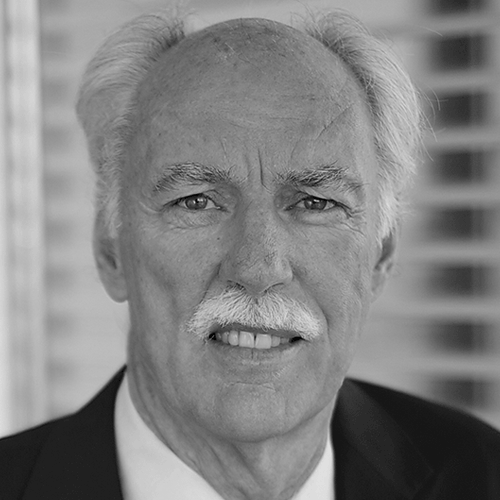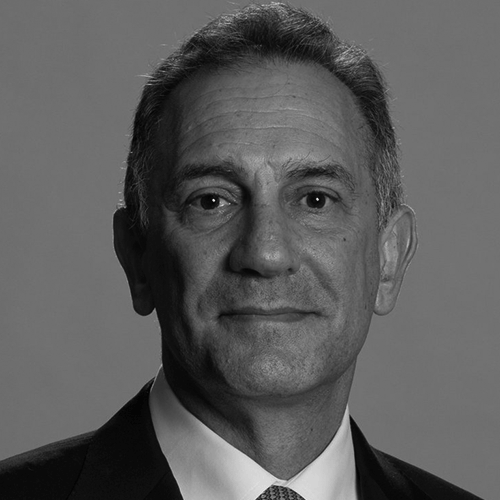A surge of momentum is increasing awareness of opioid use disorder and experts hope it will lead to better and more rapid access to evidence-based treatment options for patients.
For decades, stigma — driven in large part by the false belief that opioid use disorder is simply a moral failing — has made patients afraid or ashamed to seek help and has slowed their access to effective treatment.
But public understanding is finally catching up with scientific findings — findings that show addiction is a chronic, relapsing brain disease. As with other chronic diseases, opioid use disorder cannot yet be cured, but it can and should be effectively managed with continuing outpatient care and monitoring. That care should also be personalized — just as diabetes care is personalized — using the right combination of medications, therapies and supports that will reduce drug use and improve health and function. That’s called recovery.
There is extensive evidence supporting the use of FDA-approved medications, combined with psychosocial support and counseling, as a path to long-term recovery. Medications are now recognized as part of the “first line” of treatment for opioid addiction by the Substance Abuse and Mental Health Services Administration (SAMHSA), the Centers for Disease Control and Prevention (CDC) and the American Medical Association (AMA). Recent remarks by secretary of Health and Human Services Alex Azar further reinforce that “medication-assisted treatment works. The evidence on this is voluminous and ever growing.”
We gathered a panel of experts in substance use disorders to discuss the path to effective addiction treatment and the barriers still in the way.

A Thomas McLellan, Ph.D.
Founder and Chairman of the Board of Directors at the Treatment Research Institute

Gary Mendell
Founder, Chairman and CEO, Shatterproof™
How can you approach a loved one and help them get treatment?
A Thomas McLellan: The first thing you need to do is arm yourself with some facts and get rid of some very common but inaccurate prejudices and preconceptions. This can be very hard, especially for parents. If a child has this disorder, it doesn’t mean you have been bad parents or that the child is weak-willed or immoral. Understanding this will shape the conversation, which should include helping them understand that medication-assisted treatment uses effective medications in combination with counseling and behavioral therapies and that this has been shown to help patients regain control of their lives and counteract the powerful disruptive effects addiction has on the brain and behavior. Also key is that treatment should be accompanied by monitoring, like urine testing, as well as efforts to strengthen and adjust the treatment when it needs to be strengthened. Support from family and friends throughout treatment is critical. It is so important that they know that recovery is possible with comprehensive, continuous care.
Gary Mendell: I almost can guarantee that your loved one wakes up every morning feeling a lot of shame and fearing the stigma of addiction. They can’t understand why they’re failing. Why can’t they stop using drugs? Why are they caught in this cycle? The first thing you should do is tell them: I want you to know how proud I am of you for fighting a difficult disease and how much I admire your courage. That is fundamental to everything. If I could live life all over again with my son, I would put a yellow sticky note on my mirror, and it would say “Empathy toward Brian.” It’s difficult, because they may do things like lie and steal that make it hard to empathize, but that’s what their brain is telling them to do.

Jessica Hulsey Nickel
President and CEO, Addiction Policy Forum
How can we clarify misconceptions about medication-assisted treatment (MAT) and expand access?
Jessica Hulsey Nickel: It starts with accepting that substance use disorder is a health condition. It’s a disease not a decision, just like heart disease. We need to educate ourselves, we need to understand the science and we need to have the tools ready to help our loved ones seek treatment. MAT saved my mother’s life. She had 19 years in recovery before I lost her way too early because of the long-term health consequences of addiction. We have FDA approved medications for MAT. We need to get our own preconceived notions out of the exam room and make sure patients are prescribed the medication that best suits them, or more likely, the sequence of medicines that are going to be necessary for their treatment and recovery plan. We need to tackle not just the stigma of addiction but stigma about the medications available to treat it. If we bring our own biases to the treatment options, we are doing an immense disservice to the millions of patients who are struggling with this disease.
Listening to a voice of recovery
In 2014, after nearly a decade of struggling with heroin addiction, Amy Parker became a certified chemical dependency counselor assistant and the first certified peer recovery supporter at an outpatient medication-assisted treatment facility for substance use disorder.
How can MAT support recovery?
Amy Parker: Some people believe that MAT is trading one addiction for another, but addiction is a disease, and MAT treats the disease. And the big point is that it’s medication assisted treatment. Counseling and support are key to establishing coping skills and changing behaviors. The medication helps manage the reasons why so many people don’t stop using, which, in turn, have a whole lifestyle around them. MAT supports you to change your life and your behavior.
What do you do in your peer-recovery work and what is the importance of psychosocial support in long-term recovery?
Amy Parker: I meet with patients and I introduce myself as their peer recovery supporter. I tell them right then and there that means I’m in recovery, too. I’ve been in this place, I understand because I’ve lived through it. Everything I ask or say to them is from a place of encouragement, inspiring hope, and helping them understand that communication is key. Telling them, no matter what happens when you walk out of that door, come back, communicate with us. As long as you’re alive, we can do that. For them, it’s about having someone look at them in the eye and say: It’s ok. You’re not a horrible person, you matter. Your life has value and you are cared about. I will lead you. Lean on me until you’re strong enough to be able to do it yourself.
Emily Gawlak, [email protected]


